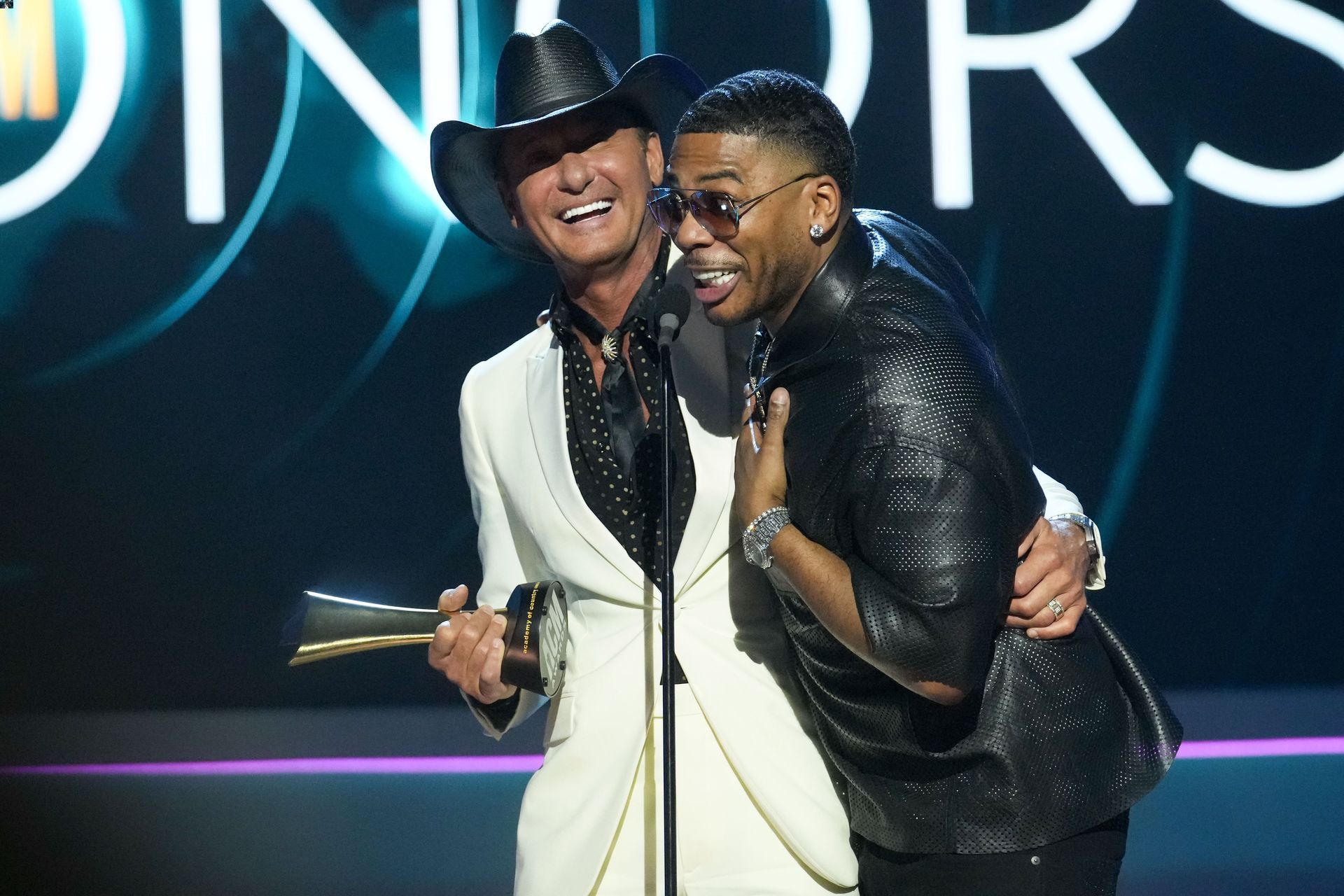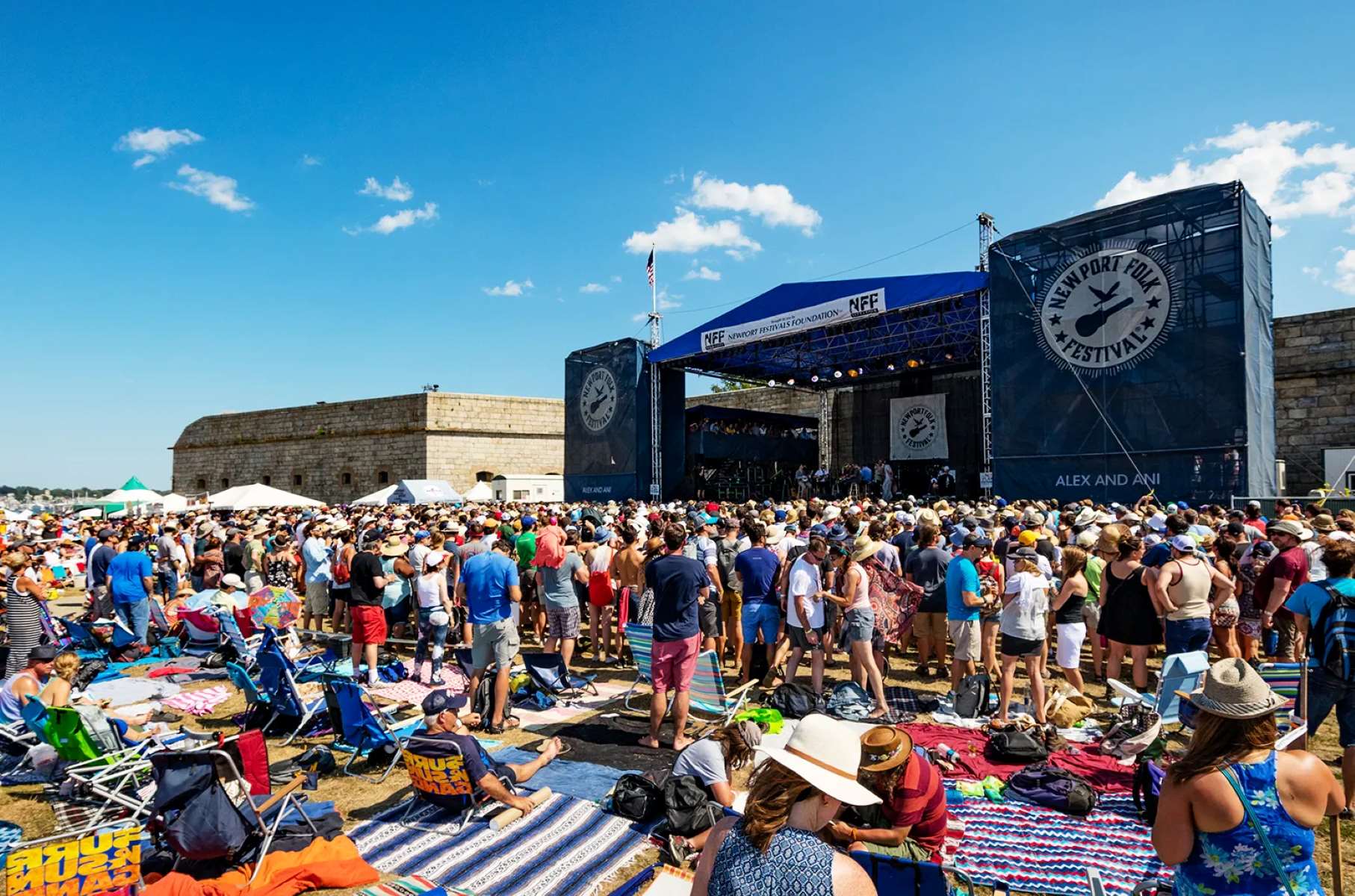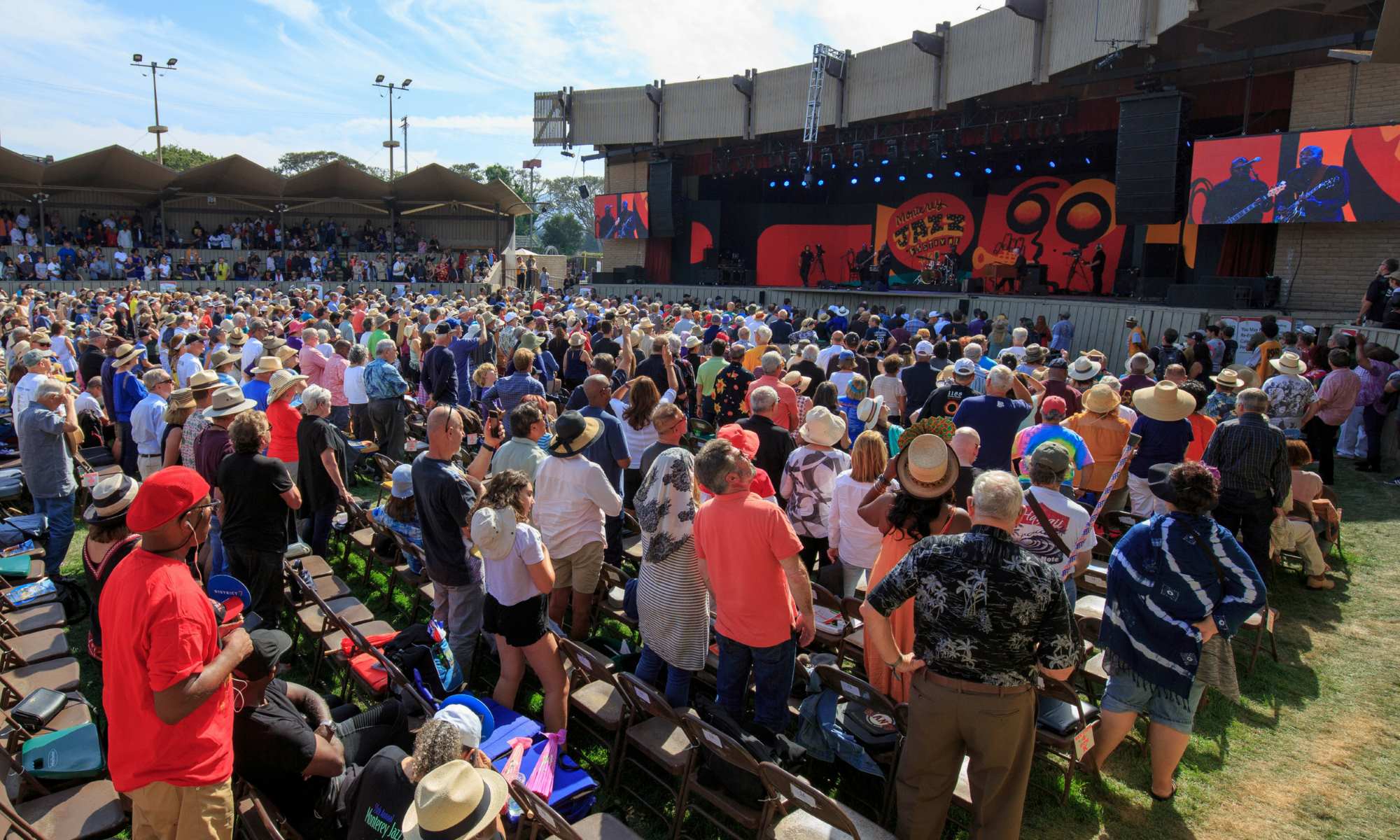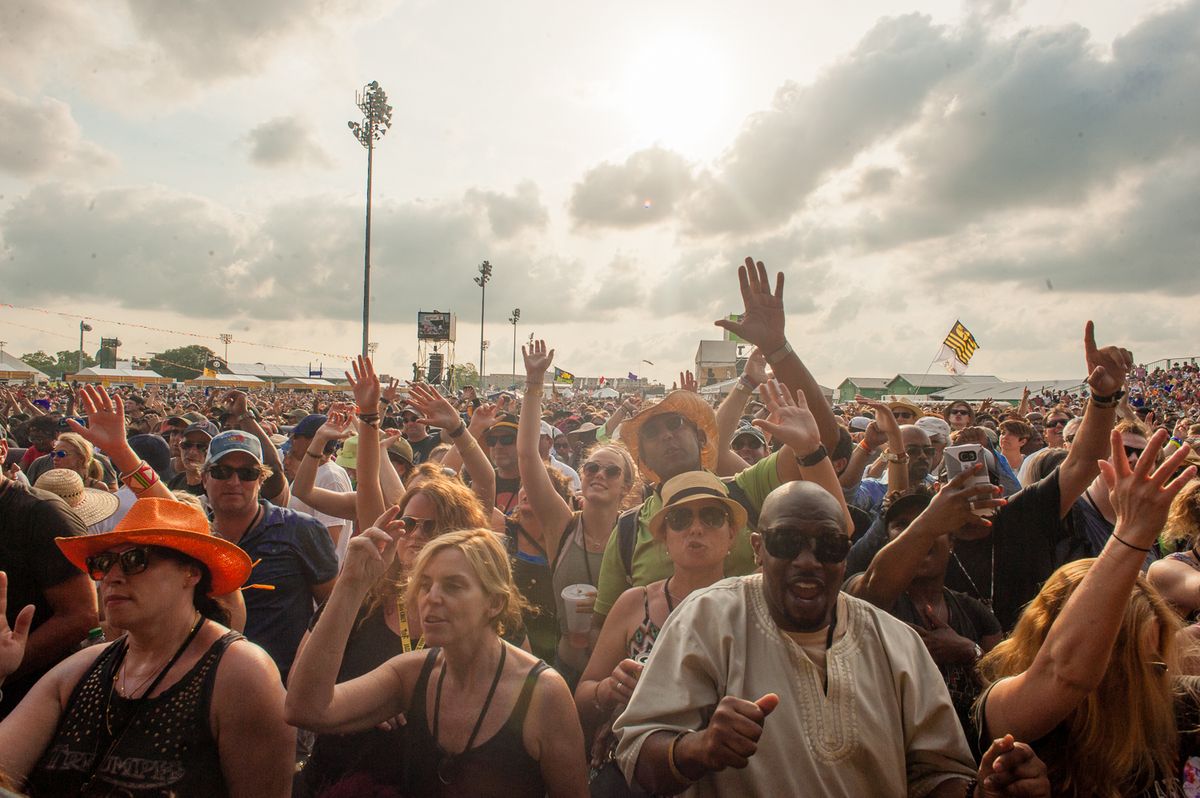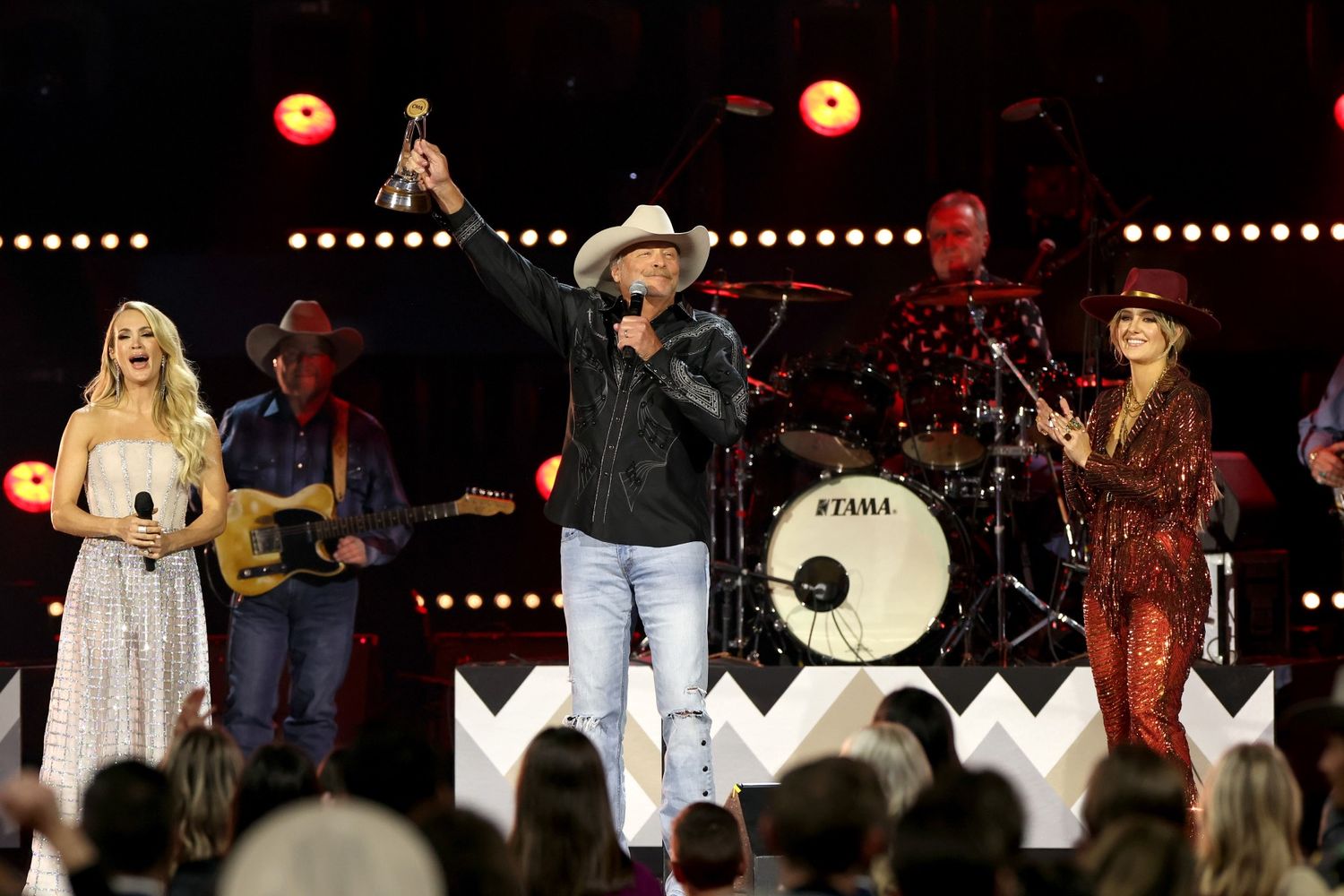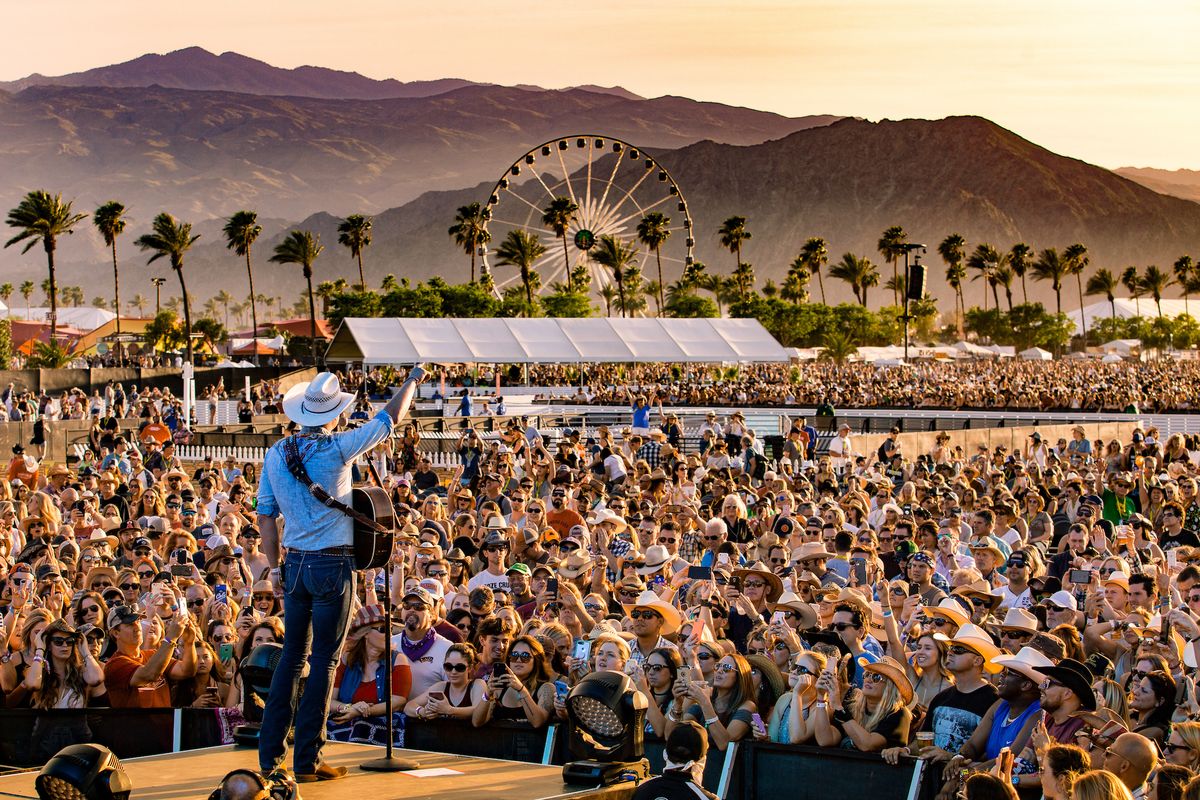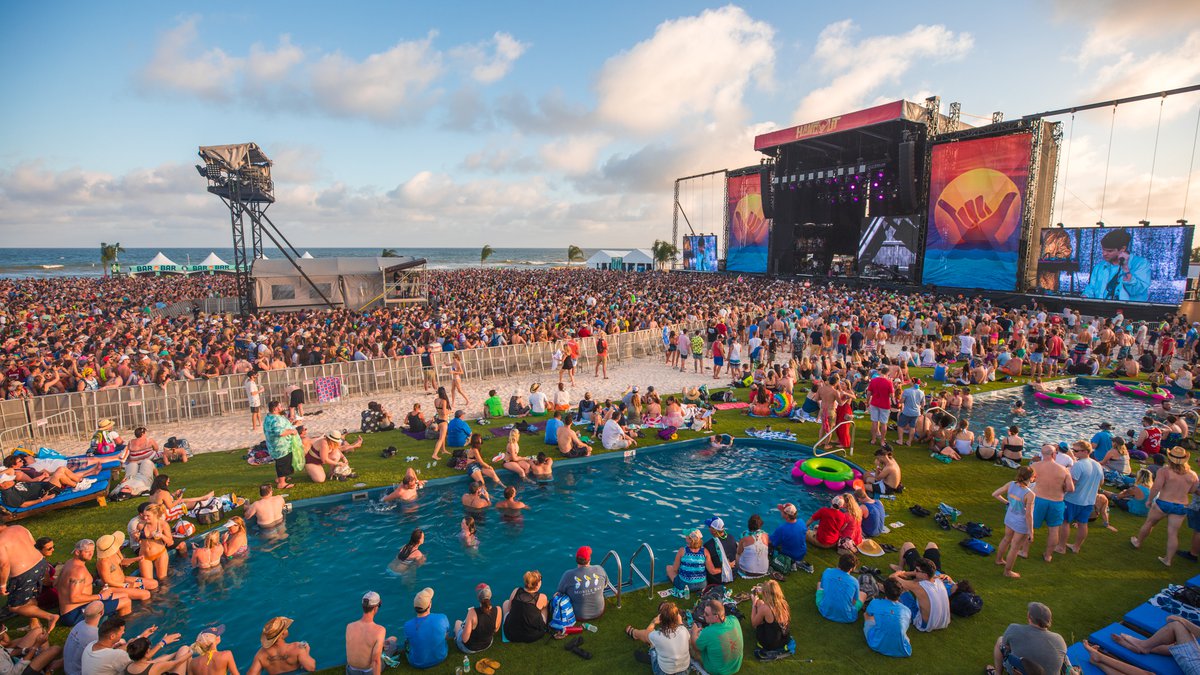

Jazz
Where Is Montreux Jazz Festival Held
Modified: January 22, 2024
The Montreux Jazz Festival, renowned worldwide for its celebration of Jazz, is held in the picturesque town of Montreux, Switzerland.
(Many of the links in this article redirect to a specific reviewed product. Your purchase of these products through affiliate links helps to generate commission for AudioLover.com, at no extra cost. Learn more)
Table of Contents
Introduction
Welcome to the enchanting world of jazz, where the smooth melodies, improvisation, and soulful rhythms come together to create a genre that transcends time and captures the hearts of music lovers across the globe. At the epicenter of this captivating musical realm is the renowned Montreux Jazz Festival.
The Montreux Jazz Festival is a legendary event that has been enchanting audiences since its inception in 1967. This prestigious festival has become a staple in the jazz world, attracting thousands of music enthusiasts from all corners of the earth. With its picturesque setting on the shores of Lake Geneva in Switzerland, the Montreux Jazz Festival offers an unparalleled experience that combines the magic of music with the stunning beauty of nature.
Throughout its illustrious history, the Montreux Jazz Festival has evolved into more than just a celebration of jazz. It has become a melting pot of various genres, including blues, soul, funk, rock, and even electronic music. This diverse fusion of musical styles has contributed to the festival’s enduring legacy and its ability to appeal to a wide range of music lovers.
What sets the Montreux Jazz Festival apart from other music festivals is its dedication to showcasing not only established artists but also emerging talents. This commitment to nurturing new talent has made the festival a platform for up-and-coming musicians to gain recognition and make their mark on the international stage.
Over the years, the Montreux Jazz Festival has hosted some of the most legendary names in the music industry. From jazz icons like Miles Davis and Ella Fitzgerald to rock legends like Queen and David Bowie, the festival has provided a platform for these influential artists to captivate audiences with their groundbreaking performances.
So, whether you’re a jazz aficionado, a music enthusiast, or simply looking for a unique and memorable cultural experience, the Montreux Jazz Festival offers an unparalleled opportunity to immerse yourself in the vibrant world of music. Join us as we embark on a journey through the history, venues, and iconic performances that have made the Montreux Jazz Festival a beacon of musical excellence.
History of the Montreux Jazz Festival
The Montreux Jazz Festival was born out of a passion for jazz and the vision of its founder, Claude Nobs. Nobs, a music lover and promoter, had a dream of bringing world-class jazz musicians to the idyllic town of Montreux, Switzerland. In 1967, his dream became a reality when the first Montreux Jazz Festival took place.
Originally, the festival was intended to be a three-day event featuring primarily jazz performances. However, as the years went by, Nobs expanded the scope of the festival to include other genres such as blues, rock, and soul. This diversification attracted a broader audience and solidified the Montreux Jazz Festival as a premier international music event.
The festival gained global recognition in 1971, when a performance by the legendary jazz musician, Miles Davis, took place. This groundbreaking concert, which later became known as “The Last Miles,” marked a turning point for the festival and its reputation within the music industry.
Tragically, in 1971, the Montreux Jazz Festival faced a devastating setback when the Montreux Casino, the primary venue for the festival, was engulfed in flames during a performance by Frank Zappa. This event, famously referred to as “The Fire,” forced the evacuation of the casino and left it in ruins. However, this setback only fueled Nobs’ determination, and he refused to let the festival be extinguished.
With the support of the local community and musicians like David Bowie and Deep Purple, Nobs managed to keep the festival alive by relocating it to alternative venues. This resilience and adaptability became defining characteristics of the Montreux Jazz Festival and contributed to its continued success.
As the festival evolved, it continued to attract high-profile artists and became a platform for groundbreaking performances. The Montreux Jazz Festival became synonymous with musical excellence, and musicians from diverse genres journeyed to Montreux to showcase their talents on its hallowed stages.
Today, the Montreux Jazz Festival stands as a testament to Nobs’ vision and the enduring legacy of jazz music. It has become one of the most prestigious music events in the world, attracting over 250,000 attendees each year. The festival continues to push boundaries, showcasing a wide range of genres while staying true to its jazz roots.
The Montreux Jazz Festival has transcended its humble beginnings to become a cultural phenomenon and a pilgrimage for music lovers worldwide. Its rich history and unwavering dedication to musical excellence have solidified its place as an iconic event in the global music landscape.
Influence and Significance of the Festival
The Montreux Jazz Festival has not only left an indelible mark on the music industry but has also had a profound influence on the cultural landscape. Its significance stretches far beyond the confines of jazz, touching the lives of both musicians and audiences alike.
One of the key contributions of the Montreux Jazz Festival is its role in promoting the genre of jazz and keeping it alive. The festival has played a crucial role in showcasing the evolution of jazz, from its traditional roots to its fusion with other genres. By bringing together jazz legends and emerging talents, the Montreux Jazz Festival has helped to introduce new generations to the beauty and complexity of jazz music.
Furthermore, the festival’s dedication to showcasing a diverse range of genres has had a ripple effect on the music industry as a whole. It has inspired musicians and sparked collaborations that have pushed the boundaries of musical expression. The Montreux Jazz Festival has been a catalyst for innovation, bringing together artists from different backgrounds and encouraging them to experiment and create unique sounds.
Aside from its influence on musicians, the Montreux Jazz Festival has had a significant impact on the local economy and tourism. Each year, the festival draws thousands of visitors from around the world, contributing to the growth of the hospitality industry in Montreux and the surrounding areas. The festival has become a cultural phenomenon, attracting not only music enthusiasts but also curious travelers who are eager to experience the magic of the event.
Moreover, the Montreux Jazz Festival has inspired the creation of similar events around the world, serving as a model for other music festivals that strive to combine artistic excellence with breathtaking locations. Its success has paved the way for the establishment of jazz festivals in various countries, further perpetuating the rich tradition of this quintessential American musical genre.
Finally, the Montreux Jazz Festival has played a crucial role in preserving the history and legacy of jazz music. Through its archival recordings and collaborations with leading music labels, the festival has amassed an extensive collection of live recordings that document the performances of iconic artists. This commitment to documenting and preserving the rich heritage of jazz ensures that future generations will have access to these invaluable musical treasures.
In summary, the Montreux Jazz Festival’s influence and significance cannot be overstated. It has championed the genre of jazz, fostered artistic innovation, boosted local economies, and inspired countless individuals across the globe. Through its unwavering commitment to musical excellence, the Montreux Jazz Festival continues to shape the course of music history and provide a platform for artists to showcase their extraordinary talents.
Venues of the Montreux Jazz Festival
The Montreux Jazz Festival has had the privilege of hosting its world-class performances in a variety of remarkable venues throughout its history. These venues, each with its unique charm and atmosphere, have played an integral role in shaping the festival’s identity and providing unforgettable experiences for both artists and audiences.
- Montreux Casino: The Montreux Casino was the original home of the festival before it tragically burned down in 1971 during a Frank Zappa concert. Although the original casino was destroyed, it has since been rebuilt and remains a vital venue for the festival, offering a grand ambiance and stunning views of Lake Geneva.
- Stravinski Auditorium: Named after the famous composer Igor Stravinsky, the Stravinski Auditorium is the main indoor venue for the Montreux Jazz Festival. With its state-of-the-art acoustics and capacity to hold up to 4,000 spectators, this modern concert hall has hosted countless legendary performances and is a favorite among both musicians and audiences.
- Montreux Jazz Lab: Located within the Montreux Music & Convention Center, the Montreux Jazz Lab is a smaller venue known for its intimate atmosphere and cutting-edge sound system. This versatile space allows for a more immersive musical experience, providing a platform for emerging artists and experimental performances.
- Montreux Jazz Club: As its name implies, the Montreux Jazz Club is a cozy, jazz-focused venue that exudes a warm and inviting atmosphere. This intimate space, with its dim lighting and close proximity to the performers, creates a sense of connection between the artists and the audience, enhancing the overall experience.
- Miles Davis Hall: Named in honor of the iconic jazz musician, the Miles Davis Hall is a popular venue for larger-scale concerts during the Montreux Jazz Festival. With its spacious layout and excellent acoustics, this venue accommodates up to 2,000 people and has played host to memorable performances by renowned artists from various genres.
While these venues serve as the main stages of the Montreux Jazz Festival, the festival’s reach extends beyond these iconic locations. As the festival has grown over the years, performances have taken place in additional venues and outdoor spaces throughout Montreux, including parks, bars, and even boats on Lake Geneva. This versatility in venue choices adds to the festival’s unique charm and allows for diverse and creative performances in unexpected settings.
Whether it’s the grandeur of the Montreux Casino, the intimacy of the Montreux Jazz Club, or the cutting-edge vibe of the Montreux Jazz Lab, each venue adds its own special touch to the Montreux Jazz Festival experience. With their remarkable architectural features and the vibrant energy they exude, these venues create the perfect backdrop for showcasing the immense talents of the artists who grace their stages.
Current and Past Locations of the Festival
The Montreux Jazz Festival has had various locations throughout its history, each contributing to the festival’s unique atmosphere and character. The festival has evolved and adapted, finding new venues that suit its expanding audience and diverse lineup of performers.
Initially, the festival primarily took place at the Montreux Casino. However, after the devastating fire in 1971, the festival had to find alternative locations to continue its legacy. Over the years, the festival expanded its footprint and embraced multiple venues, allowing for a more diverse and dynamic experience for both artists and attendees.
Today, the main hub of the Montreux Jazz Festival is centered around the Montreux Music & Convention Center (2m2c), which houses venues such as the Stravinski Auditorium, the Montreux Jazz Lab, and the Montreux Jazz Club. These state-of-the-art spaces provide an indoor setting for the majority of the festival’s performances, offering exceptional acoustics and modern facilities.
In addition to the Montreux Music & Convention Center, other notable venues have played host to the festival. The Montreux Casino, after being rebuilt following the fire, has remained an essential part of the festival. Its nostalgic charm and picturesque lakeside location continue to captivate audiences.
Throughout the years, the festival has embraced the beauty of its surroundings and incorporated outdoor venues into its lineup. The Montreux Jazz Festival has utilized parks and open spaces in Montreux, offering free concerts and a more relaxed setting for attendees to enjoy live music.
Beyond the borders of Montreux, the festival has also expanded to nearby towns, such as Vevey and Lausanne. These satellite locations allow for a broader reach and enable more people to experience the magic of the Montreux Jazz Festival.
Over its storied history, the Montreux Jazz Festival has also taken its show on the road, hosting events in other parts of the world. From New York City to Tokyo, the festival has embraced a global perspective, spreading its influence and celebrating world-class music internationally.
The ever-evolving nature of the Montreux Jazz Festival ensures that each year brings new and exciting locations for music lovers to explore. While the festival’s heart may remain in Montreux, its reach extends well beyond, creating a truly international platform for artists and fans to come together and celebrate the joy of music.
Notable Performances and Artists
Throughout its illustrious history, the Montreux Jazz Festival has been graced by countless iconic performers, leaving an indelible mark on music history. From legendary jazz musicians to rock and pop icons, the festival has been a stage for extraordinary talent, resulting in unforgettable performances that continue to resonate with audiences today.
One of the most historic moments in the festival’s history occurred in 1971, when the iconic jazz trumpeter Miles Davis took the stage. His groundbreaking performance not only showcased his virtuosity but also marked a turning point for the festival, solidifying its place as an international platform for jazz and pushing musical boundaries.
Several years later, in 1982, the Montreux Jazz Festival provided the backdrop for an unforgettable collaboration between the guitarist Carlos Santana and the legendary blues musician B.B. King. Their electrifying performance on the Montreux stage captivated the audience and produced a timeless fusion of blues and rock.
Another standout moment took place in 1991, when the “Queen of Soul” herself, Aretha Franklin, delivered a powerful and soul-stirring performance. Her commanding presence and incomparable voice brought the house down, leaving an indelible impression on all those in attendance.
The festival has also welcomed rock legends, such as David Bowie, who graced the Montreux stage multiple times throughout his career. His performances at the festival showcased his artistic evolution and ability to captivate audiences with his unique style and magnetic stage presence.
Additionally, the Montreux Jazz Festival is known for embracing a wide range of genres. In 1996, the festival witnessed a groundbreaking performance by the electronic music pioneer, Daft Punk. Their innovative and infectious beats infused the festival with a modern energy, leaving an impact that resonates in the electronic music scene to this day.
These are just a few examples of the countless extraordinary performances that have taken place at the Montreux Jazz Festival. Each year, the festival continues to attract top-tier talent from across the musical spectrum, ensuring that audiences are treated to unforgettable and transformative musical experiences.
Whether it’s the improvisational brilliance of jazz legends, the soul-stirring performances of iconic vocalists, or the electrifying energy of celebrated rock bands, the Montreux Jazz Festival has consistently brought together the very best in musical talent, solidifying its reputation as a magnet for global music stars and a showcase of extraordinary performances.
Future Plans and Developments
The Montreux Jazz Festival has a rich history spanning over half a century, but its dedication to innovation and growth continues to shape its future. As one of the world’s premier music festivals, the organizers are constantly exploring new avenues to enhance the experience for both artists and attendees.
Technological advancements play a crucial role in the development of the festival. The integration of cutting-edge audiovisual technologies and immersive experiences is a top priority. This includes exploring virtual reality (VR) and augmented reality (AR) technologies to further engage audiences and provide interactive and captivating performances.
Additionally, the Montreux Jazz Festival has embarked on various sustainability initiatives, recognizing the importance of minimizing its environmental impact. From implementing eco-friendly practices in its operations, such as waste reduction and energy conservation, to promoting sustainable transportation options for festival-goers, the festival is committed to ensuring a greener future.
As the festival continues to expand its global reach, plans are underway to expand the Montreux Jazz brand beyond the confines of the flagship event in Switzerland. Collaborations with other major cities and music festivals are being explored to create new opportunities for artists and fans to experience the Montreux magic in different parts of the world.
Education and nurturing emerging talent are also central to the festival’s future plans. The Montreux Jazz Academy, launched in recent years, provides a platform for young musicians to learn from established artists, participate in masterclasses, and showcase their skills on stage. This commitment to fostering the next generation of musical talent ensures that the Montreux Jazz Festival remains at the forefront of artistic and cultural excellence.
Moreover, the festival organizers acknowledge the importance of inclusivity in the music industry. Efforts are being made to enhance diversity in programming, ensuring that a wide range of musical genres and underrepresented voices are represented on stage. This commitment to inclusivity not only enriches the festival experience but also contributes to the overall cultural tapestry of the music world.
With each passing year, the Montreux Jazz Festival continues to evolve, adapt, and innovate. As technology advances, sustainability becomes increasingly crucial, and the music landscape changes, the festival remains steadfast in its commitment to delivering extraordinary musical experiences, pushing boundaries, and embracing the future with open arms.
Conclusion
The Montreux Jazz Festival is more than just a music festival; it is a cultural phenomenon that has captivated audiences for over five decades. With its picturesque setting on the shores of Lake Geneva and a rich history that intertwines jazz, rock, blues, and more, the festival has become an essential pilgrimage for music lovers from around the world.
From its humble beginnings in 1967 to its current status as one of the most prestigious music events on the planet, the Montreux Jazz Festival has continuously pushed musical boundaries, showcasing groundbreaking performances and fostering creativity and collaboration. Its influence and significance extend far beyond the confines of jazz, as it has become a platform for artists from diverse genres to showcase their talents and for audiences to experience the magic of live music.
Throughout its history, the festival has evolved and adapted, overcoming challenges and embracing new technologies, while staying true to its core values of musical excellence and innovation. With its commitment to sustainability, education, and inclusivity, the Montreux Jazz Festival is paving the way for a more diverse, environmentally conscious, and forward-thinking music industry.
As we look to the future, the Montreux Jazz Festival remains an eternal source of inspiration and a symbol of the power of music to transcend boundaries and unite people from all walks of life. It has brought joy, wonder, and unforgettable performances to generations of music enthusiasts, and it will continue to do so for generations to come.
So, whether you’re an avid jazz aficionado, a lover of blues, rock, or any genre that ignites your soul, the Montreux Jazz Festival is an experience that should not be missed. It is a celebration of music’s universal language, a testament to the enduring power of live performances, and an invitation to immerse yourself in the magic of the Montreux experience.

